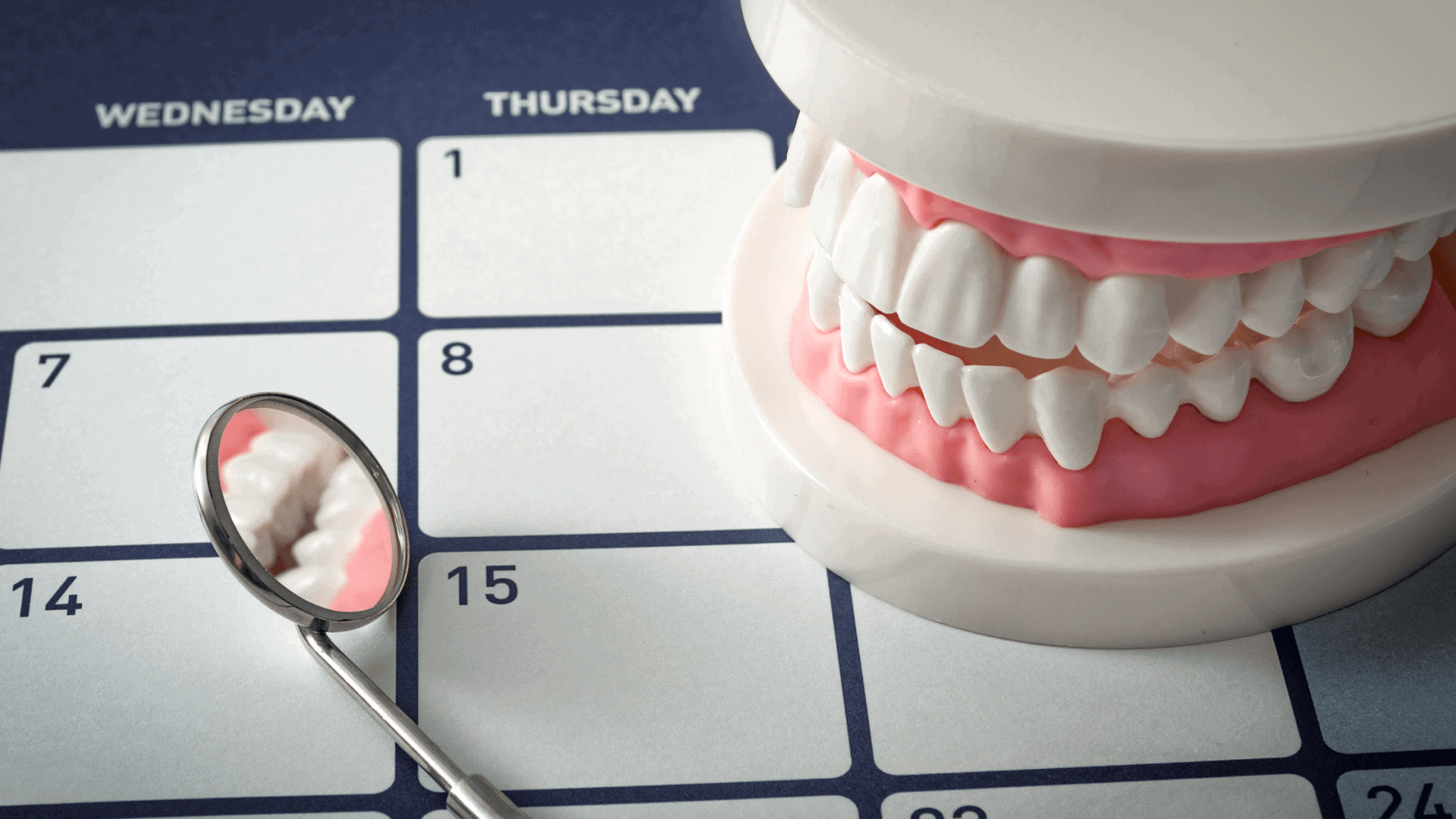10 Dental Office Scheduling Tips

By Dr. Greg Grillo
Running a busy dental practice involves many moving parts. Once the doors open and the day begins, the clock sets the pace. Patients flow through the office as our teams orchestrate the delivery of care. Everything matters in our practices. Arguably, the patient schedule sits at the top of the list. Multiple factors drive patient satisfaction, but their wait time bears weight. Up to 30% of patients have left a doctor’s office due to a long wait, and 20% have considered changing providers after sitting in the waiting room past their scheduled time. Dental office staffing continues to create challenges for many of us, too. The latest surveys show that many offices need more staff and hiring remains difficult. Efficient patient flow affects our practices on many levels, and additional stress can push teams to the edge. An effective patient schedule drives patient and staff satisfaction. That decreases our stress, increases our profitability, and makes our days more fulfilling as dentists.
How To Properly Schedule Dental Appointments
To create the perfect patient schedule, we must have an organized system that features flexible tools for everyone. A balance of both will make your day-to-day activities go smoothly without sacrificing essential tasks or appointments. Patients need confidence that they can conveniently book their next appointment at any time, and our teams deserve tools to react to challenges that arise during hectic days. A paper appointment book anchored the front desk in the last century, and changes involved an eraser, and searches meant flipping pages. Today, we’re fortunate to access a dizzying array of tools for maximum efficiency and convenience. Our teams learn how to schedule dental appointments with integrated systems and techniques properly. Here are 10 proven methods and tools for efficient dental scheduling. Incorporate as many as you can, and measure the benefits.
1. Offer Patients Choices That Work For You, Too
If a patient is scheduling while in the office, offer choices that also fit your schedule. For example, your team may have multiple openings next week, but there are two this week they’d like to fill. Rather than saying, “When would work for you,” shift the narrative. Say, “Would tomorrow at 1 or Thursday at 10 work for you?” The patient has distinct choices, but you’re guiding their first offer.
2. Switch to 10-minute increments
Many offices schedule with 15-minute blocks, but 10-minute units can improve accuracy and cut appointment times. In dentistry, efficiency is gained in small increments that flow to the bottom line. When we switched, our schedule became more productive, and we saw the difference in our monthly production. Carving off 5 minutes on multiple appointments quickly turns into hours.
3. Start The Stopwatch On Procedures
If you’ve been in practice for a while, you know how long it takes to complete most procedures. However, you may be surprised to find out you’re wasting time or failing to use your team for the best output. You may be faster than when you started. Put a stopwatch on every procedure for the next week and gather precise time data. Then use that information to fine-tune your scheduling.
4. Implement Online Dental Office Scheduling
Nearly 60% of healthcare providers offer online appointment scheduling, but that tells us that over 40% don’t. If you haven’t added an online scheduling feature, your patients may be frustrated. This tool also helps increase office efficiency by empowering patients to schedule visits independently. An effective system bridges with your PMS so your team enjoys the efficiency of less time on the phone.
5. Remind Patients Of Their Dental Appointments
Automated patient reminders should be a mainstay of every practice; they safeguard the schedule against no-shows and help patients manage their busy days. However, some practices fail to benefit from features found in Legwork Dental Appointment Reminders , including the ability to call landlines or send via multiple methods. This system also allows us to customize our messages, call landlines, or send via various online and offline channels.
6. Reinforce Time Value Any Way You Can
A dental schedule only works when people show up. Reminders can cut no-shows below 5%, but don’t miss opportunities to educate patients about their appointments. We’ve included verbiage about “reserving time just for you” in multiple communication pieces. The new patient welcome email is one example of a repeat message patients also receive in their reminder call, text, email, or postcard.
7. Start With A Virtual Dental Office Visit
Teledentistry is a new concept for many practices, and our profession continues to find ways to adapt to this trend. This form of care is projected to grow over 17% annually over the next few years. Few new technologies impact scheduling efficiency as teledentistry does. Consider using it for post-op checks, initial implant or cosmetic consults, treatment plan reviews, emergency triage, and more. Many of these visits consume hours of our in-office time, but a virtual visit format often frees up time without room turnover and additional office traffic.
8. Recover Lost Time NOW
Short-notice cancellations are inevitable, and they require a commitment of unplanned time to recover. Holes in the schedule translate into serious revenue loss; a 5% no-show rate eats up 16 days of clinical time every year! Legwork Fast-Fill automatically starts contacting patients on an ASAP list when an appointment opens. This tool is like having another staff member work the schedule and save you thousands within a brief period.
9. Use Social Media
Keeping active on social media helps us stay connected with our patients, which pays off in many ways. If you have upcoming openings, you can post on your page that new patients can be seen right away. Consider offering an incentive for extra motivation, such as free whitening. A quick post can encourage existing or prospective patients to make a call. Legwork Campaigns keep a steady drip of posts on our page, engage our audience, and create opportunities like this.
10. Template For Ideal Dental Scheduilng Days
Dentistry takes a toll on our bodies and minds, and we don’t want to feel a knot in our stomach every time we look at our schedules. Look at the schedule and create color-coded blocks for specific procedures. Consider efficiency, productivity, and your well-being to lay out a schedule that fits your practice and style.
Design Efficient Dental Office Schedules
As our profession becomes more challenging and staffing concerns remain, efficient scheduling can lower the stress level for everyone. Incremental changes add daily profits that help accelerate our growth. As William Penn said, “Time is what we want most, but what we use worst,” but we can change that with the right awareness and tools!
[dr_grillo_bio]



